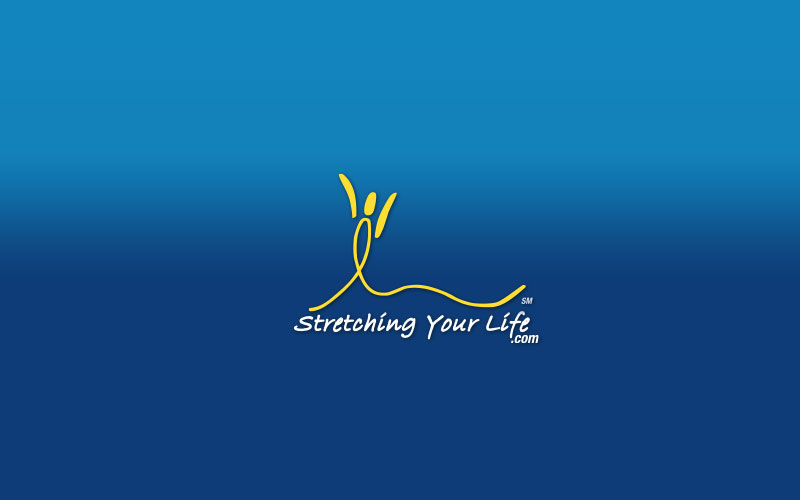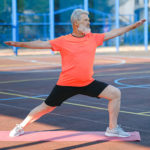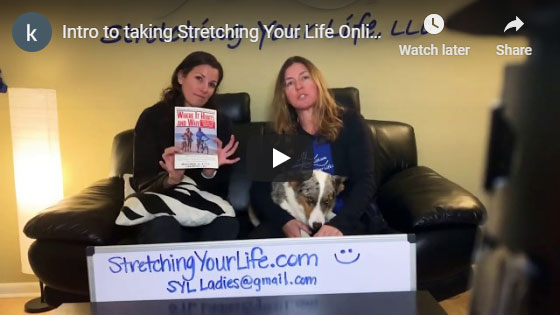Limber Muscles Can Help Ease Low Back Pain
Most adult Americans suffer from low back pain at some point in their life. In my years as a licensed massage therapist, the majority of my clients have complained of and sought manual treatment for their low back pain.
If your pain is severe or persistent, see your doctor. Low back pain can occasionally be a symptom of more serious problem.
Pain may result from a variety of causes, including a herniated lumbar disc, sciatica, over-enthusiastic exercising, prolonged sitting or poor ergonomic seating, poor structural posture (such as scoliosis, lordosis, or kyphosis) or more spinal anomalies. More often than not, the sciatic nerve plays a significant role in my client’ discomfort.
The sciatic nerve is the longest nerve in the body. It originates at the pelvis, runs through the buttocks and down the entire leg. It is also the largest nerve in your body, ensuring proper muscle contracture, strength, and stimulating feeling and coordination throughout your lower body.
It’s important to clarify that sciatica is not itself a disorder but rather a symptom of an existing problem. Sciatica pain is often described as shooting and radiating down one side of the leg. It can cause weakness or numbness in the leg, become painful when you sit and cause difficulty walking up and down stairs. In the past, a herniated disc was considered the most common cause of sciatica. Current research now suggests that the most under-diagnosed and under-treated cause of sciatica is piriformis syndrome.
The piriformis muscle is a tiny muscle that starts in the lower part of the spine and connects to the thighbone. The sciatic nerve is sandwiched between the piriformis muscle and the five hip rotators. These muscles can often become spastic, which results in the squeezing or pinching of the sciatic nerve. As the condition continues, the sciatic nerve becomes inflamed and aggravated.
To stop the spasms and the associated pinching of the sciatic nerve, the muscles surrounding the low back and pelvis should be healthy and balanced. There are several approaches to this method: stretching, strengthening, massage therapy, acupuncture and chiropractic care.
Here is your chance to become proactive in your recovery. It’s important to understand what your body is experiencing before you can take charge and direct your recovery. The first step is to get educated about the condition. Next, start a basic stretching regime. There are very simple active isolated stretching exercises that can help you achieve a new muscular balance, release muscle spasm and help you feel better.
During your recovery, it is essential to reduce or eliminate any impact exercises or activities that aggravate your condition. This doesn’t mean stopping all exercise. You should keep moving while you recover, but the key is to keep exercise gentle and pain free. As a start, get up from your desk and walk around every 30 minutes. Check out and correct your seating and working ergonomics. Start improving your quality of life by taking control of your recovery – don’t let low back pain control you.
-For more information about Stretching Your Life contact Kim via email (Tallahassee at 850-224-2639) or at contact us today!




